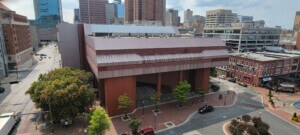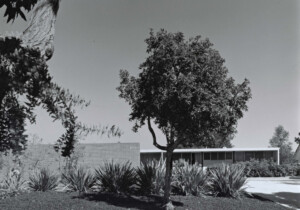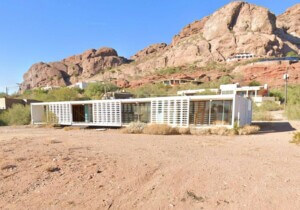Although chart-topping, scat-singing jazz legend and actor Cab Calloway passed away nearly 30 years ago, his name has been on the tip of the tongues of many Baltimoreans in recent months as a result of highly publicized—and at times fiery—efforts to protect and preserve not one but two West Baltimore rowhouses that Calloway lived in as a child. Although born in Rochester, New York, and largely associated with Harlem, Calloway both came of age and kicked off his celebrated career in Charm City before packing up and heading north to the Big Apple.
The ongoing movement to preserve the two Calloway-linked homes (in total, he lived in five different residences for varying periods of time three of which are still standing per the Baltimore Sun) have yielded both welcomed news and bad news, depending on who you ask around town, in recent weeks. These preservation efforts—an ongoing saga, really—come at a time of renewed emphasis on safeguarding sites associated with noted Black Americans and pivotal events in African-American history.
Earlier this week, Baltimore’s Commission for Historical and Architectural Preservation (CHAP) unanimously moved to designate the former home of Calloway’s maternal grandmother, Annie Reed, at 1316 N. Carey Street as an official, plaque-bearing city landmark. A young Calloway lived at the address for only a short period—two years according to CHAP planner Lauren Schiszik—but his time there was formative as it was where Reed taught Calloway and his siblings, including his older sister Blanche who was an also a famed singer and composer in her own right, how to play music. As reported by the Sun, the commission’s recommendation to landmark the modest rowhouse comes from a bill introduced this past June by local councilman Leon Pinkett.
“The reason to add it to the list is that this property especially being home of Cab’s maternal grandmother is significant to the entire family and the influence his grandmother had on their lives and musical development,” the Baltimore Business Journal reported Pinkett as saying during the virtual meeting.
With the commission’s blessing, the bill will now return to the full city council for review.
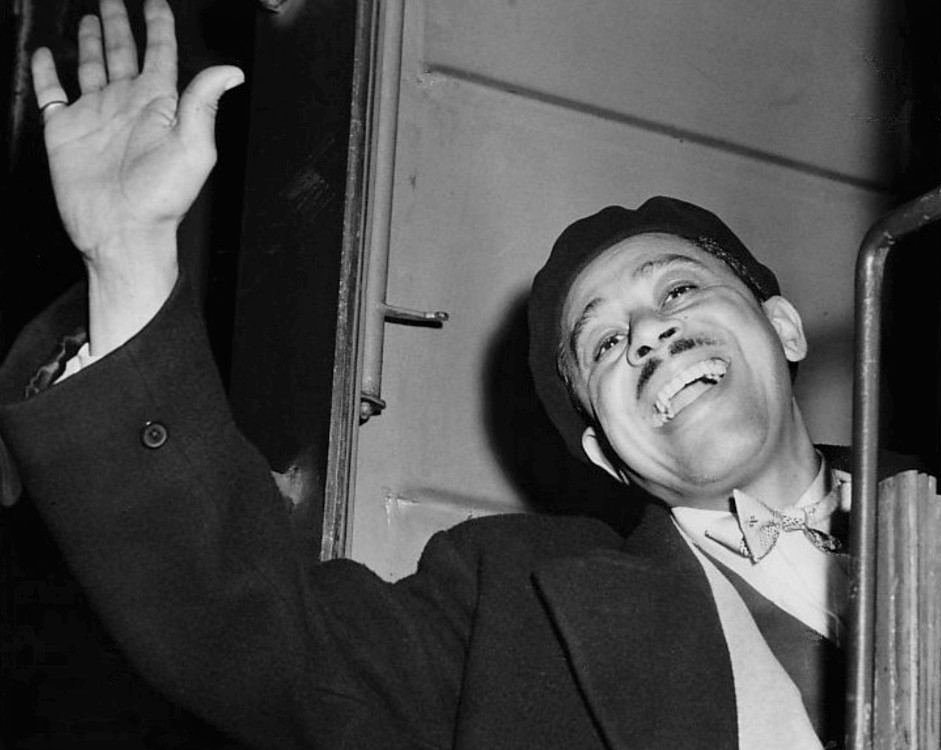
As for the recent developments that could be construed as negative, another childhood home of Calloway, a boarded-up and blighted property at 2216 Druid Hill Avenue located a half-mile north of Reed’s former residence, is inching closer to demolition despite efforts by local activists and members of the Calloway family to save it. Among many others, Brent Leggs, executive director of the National Trust for Historic Preservation’s African American Cultural Heritage Action Fund, has spoken out in favor of saving the home. Calloway lived for a short while at the Druid Hill Avenue address in question as a teenager with Blanche.
Demolition work was due to kick off this spring but was halted by an emergency appeal filed in March by Calloway’s grandson, Peter Brooks.
“We still have a long way to go and we have to take it one step at a time,” the Sun reported Brooks as saying after the demolition was postponed. “I think right now, the charge is to organize and try to present the best possible argument that we can.”
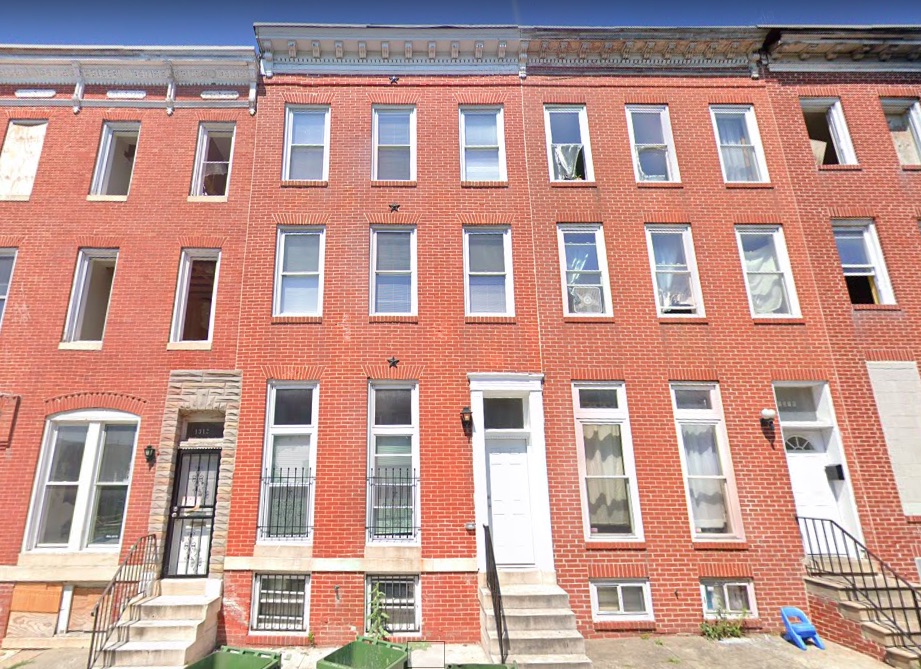
If the demolition goes ahead as planned, the entire block 2200 block of Druid Hill Avenue and its 1890s-era rowhouses would be razed and replaced with a public green space, tentatively named Cab Calloway Legends Park after “Calloway Square” was scrapped, as part of a neighborhood revitalization effort spearheaded by the Druid Heights Community Development Corporation along with the city. Bricks salvaged from Calloway’s old home could potentially be incorporated into the landscape design. Brooks and others who are vying to save the rowhouse at 2216 Druid Hill Avenue believe that demolishing it would erase an overlooked, yet important, site in the annals of Black Baltimore history. Brooks has proposed renovating the property and turning it into a museum or lodgings for itinerate musicians.
As of last week, it looks like demolition could very well move ahead. According to Baltimore Brew, an administrative hearings officer with the city declared in a written decision that the planned demolition of the entire block in question to make way for a park was “valid, legal, and proper” despite Brooks’ claim that federal and state funds were involved with the demolition project and, were, therefore, invalid.
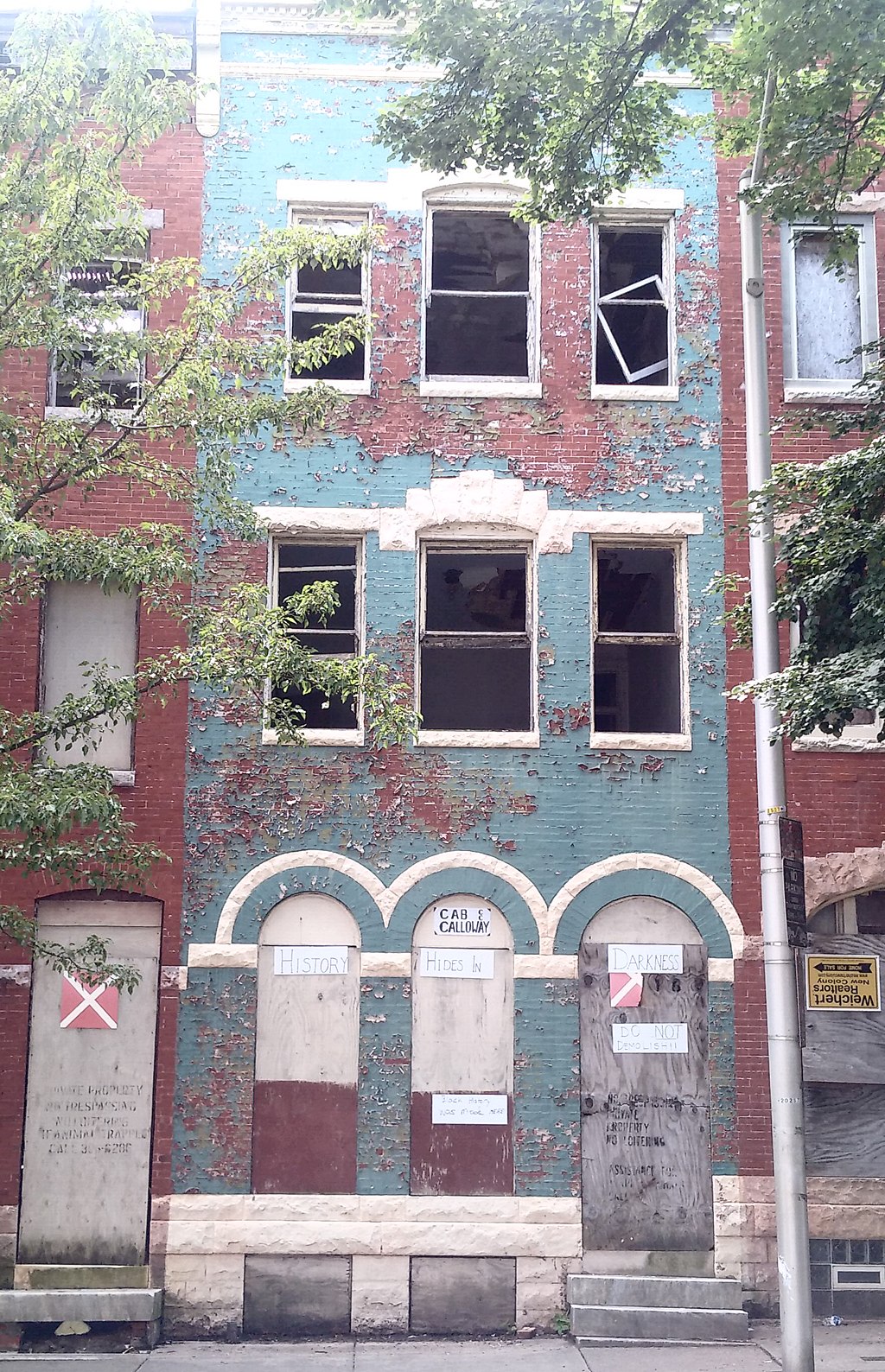
As Baltimore Brew elaborates:
“Use of such funds would trigger a review by the Maryland Historical Trust because the properties are part of the Old West Baltimore National Register Historic District.”
“But the decision by Baltimore’s own preservation agency, CHAP, not to give the block a potential landmark designation undercut the argument that demolition would violate the National Historic Preservation Act, according to Purdie.”
The Druid Heights Community Development Corporation has argued that a park honoring Calloway’s legacy would better benefit the community than “a tourist attraction proposed by outsiders who have harassed and defamed the Druid Heights CDC,” to quote CDC executive director Anthony Pressley at last week’s hearing. Pressley has openly sparred with Brooks and others who are campaigning to halt the demolition, leading to an ongoing fray over the future of a wrecking ball-ready address that Baltimore Brew says has been “mired in name-calling and political intrigue.” (Baltimore Mayor Jack Young and Pinkett have remained mum on the issue.)
Granting Reed’s former rowhouse on N. Carey Street city landmark status could, perhaps, be viewed as a compromise of sorts—“salve to the wound” per the Business Journal—now that it seems all but certain efforts to save the Calloway-linked decaying abode on Druid Hill Avenue may have reached a final blockade.
As reported by the Sun, Marti Pitrelli, a local preservation activist who is working alongside Brooks, attended this week’s CHAP meeting and expressed that the “Calloway family whole-heartedly supports” the landmark designation of 1316 N. Carey Street. She added that Brooks has also made it “abundantly clear” that 2216 Druid Hill Avenue also must be preserved.








